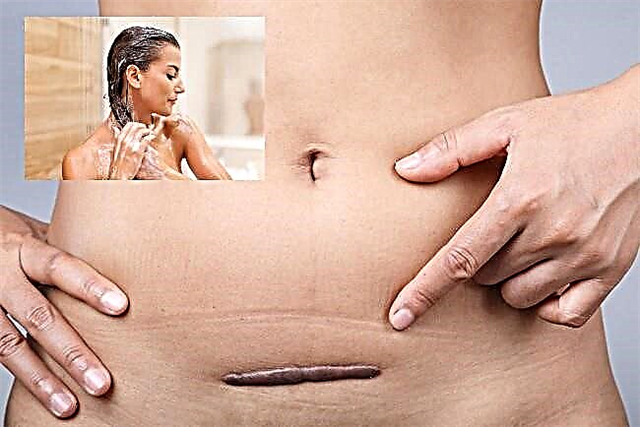The nutrition of a nursing mother is a topic that always causes controversy. Nutritional recommendations during breastfeeding are so contradictory that young mothers are always at a loss as to whether a particular product can be consumed. Opinions on this issue can be found completely different: from "everything is allowed" to strict lists with acceptable products. One of the "controversial" foods is beets when breastfed.
Nursing mom's menu: "yes" or "no" to beets
For pediatricians and nursing mothers, beets do not inspire confidence for a couple of reasons:
- First of all, it is a vegetable rich in fiber. The laxative effect of beets is familiar to absolutely everyone, therefore, mothers are afraid that by eating beets, they will provoke problems with the baby's tummy.
- Secondly, beets are red, and all products with this characteristic are prohibited, which means that it is not advisable to eat beets while breastfeeding.
Both of these arguments are controversial and doubts about beets are easy to dispel. As for the first - beets are really good laxatives, but only for those who eat them. This effect is not transmitted through breast milk, since metabolic products already enter the milk. Only in rare cases can a baby have tummy problems, but this is more of an individual reaction. Basically, mothers, on the contrary, note that after "beetroot" milk, children suffer less from colic, gas and other tummy problems.
On the second point, everything turns out to be even simpler: beets, one might say, are an exception to the rule. The bright pigment of this vegetable is not an allergen, so beets can be safely deleted from the list of prohibited foods.
Benefits of beets for a young mother
The consumption of beets during the GW period is not only allowed, but also very welcome.
Beetroot, aka beet, contains iron, vitamins C, E, PP, folic acid, iodine. It is a very rich root vegetable that helps support the body during lactation. Beetroot helps to eliminate various harmful substances from the body and helps to improve digestion. The laxative effect of a red vegetable is very relevant for young mothers, since hemorrhoids, cracks, sutures on the perineum are companions of almost every woman who has given birth. This topic is not always talked about, but all these troubles make the process of defecation very painful, therefore it is very important to establish a chair for a young mother.
How to eat a red root vegetable
It is still worth eating beets with GW in compliance with some rules and taking into account the peculiarities of the situation.
It is not recommended to eat raw beets during this period. It is best to steam the vegetable or bake it in the oven after wrapping it in foil. The heat treatment kills all possible harmful bacteria and makes the beets safe. In addition, boiled beets have a milder effect on the intestines than the coarse fibers of raw root vegetables.
You can eat beets as an independent dish or as part of other dishes. A good option for nursing mothers would be a salad made from boiled grated beetroot seasoned with a little vegetable oil. You can add beets to soup, vegetable stew, or stew.
It is best if beets are constantly present in the diet of a nursing mother. Daily small portions will help regulate digestion and will replenish the body's needs and nutrients. It is better to start with a small amount and be sure to monitor the baby's reaction. If no reaction follows, beets can be safely added to the diet.
- Vegetables with HS
- Fruit with HS



